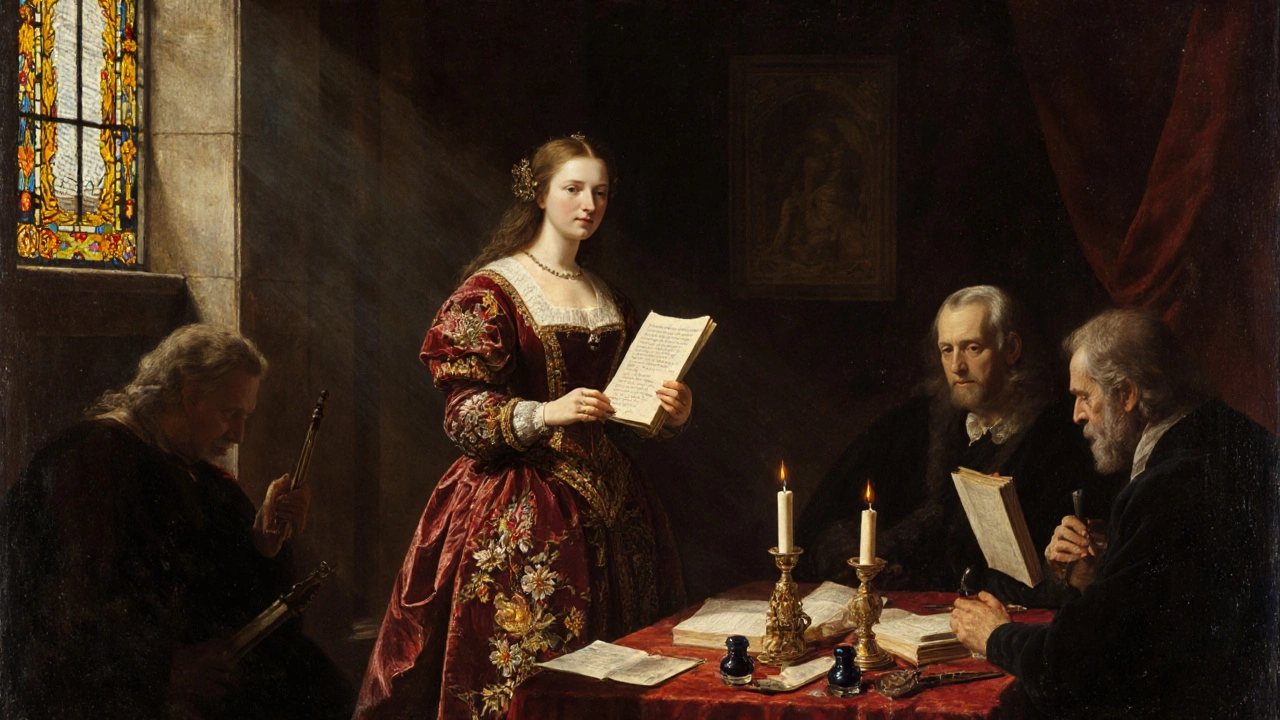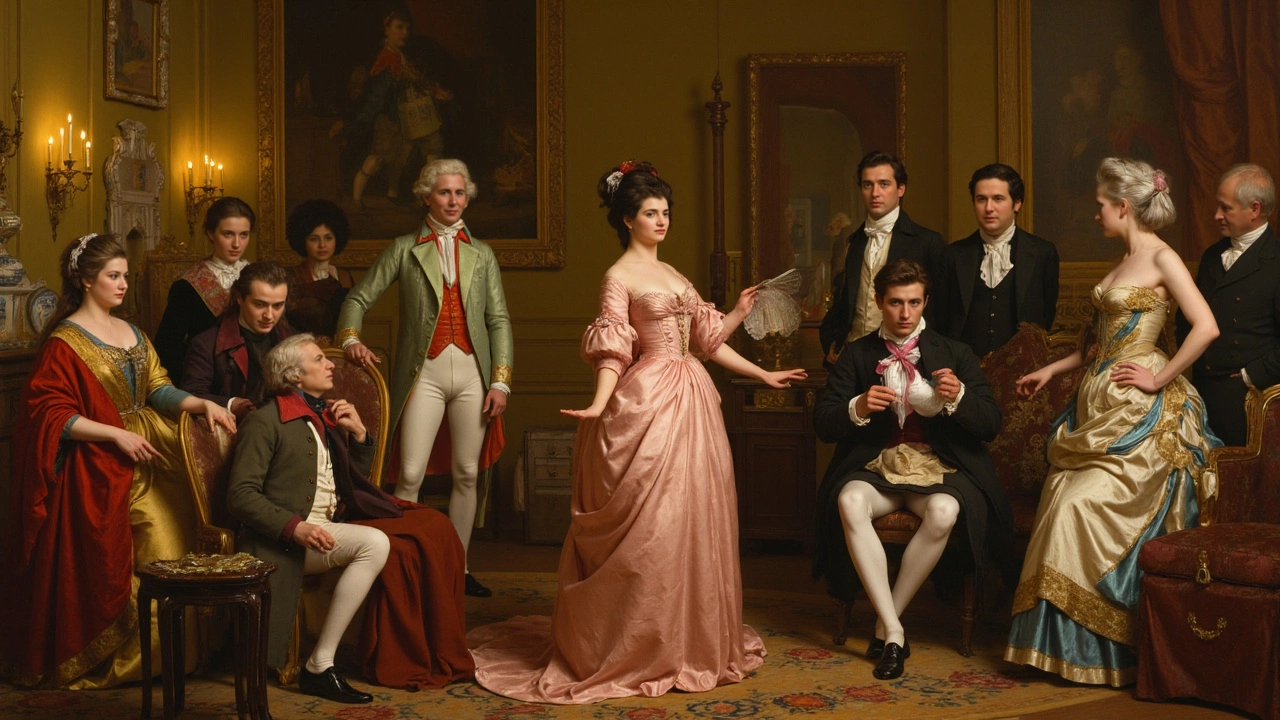Historical Courtesans: What They Were and Why They Matter
If you’ve ever wondered why modern luxury escorts talk about “high‑class” or “GFE,” the answer goes back to the days of historical courtesans. These women weren’t just pretty faces; they were educated, politically connected, and often ran their own businesses. Knowing their story helps you understand the roots of today’s elite companion market.
In the 16th to 19th centuries, courtesans lived in cities like Paris, Venice, and London. They catered to wealthy patrons, but they also attended salons, wrote poetry, and influenced fashion. Unlike ordinary street workers, they charged premium rates and negotiated terms directly. Their reputation depended on discretion, charm, and cultural knowledge.
Famous Courtesans Who Shaped Their Era
Take Madame de Pompadour in France. She started as a cabaret singer but rose to become King Louis XV’s confidante. Her taste set trends for furniture, art, and even politics. Or look at Giulia Tofano from Venice, known for her sharp wit and ability to broker deals between merchants and nobles. Both used their influence to protect themselves and their clients.
In England, Emily Phipps (known as “The London Lady”) ran a network of high‑society companions in the early 1800s. She kept detailed ledgers, set clear boundaries, and paid her workers well above the norm. Her business model mirrors today’s independent escort platforms that emphasize transparency and safety.
What Historical Courtesans Teach Modern Luxury Companions
First, education matters. Courtesans often spoke several languages, read literature, and understood etiquette. Modern GFE providers do the same by offering genuine conversation and cultural experiences, not just a night out.
Second, discretion is a non‑negotiable. Courtesans used coded letters and secret meetings to protect their clients’ privacy. Today’s escort sites follow strict confidentiality policies and encrypted messaging, reflecting the same need for privacy.
Third, value comes from negotiation. Courtesans set their own rates and terms, refusing to be treated like a commodity. Independent escorts now charge per hour, per experience, and include add‑ons like dinner reservations or event tickets—just like the old masters did.
Finally, legacy matters. Many courtesans left diaries, art, and even political reforms. Their stories still inspire writers and filmmakers, showing that the companion industry can be more than a transaction—it can be a cultural exchange.
When you read about historical courtesans, you see the blueprint for today’s elite companions: charm, intelligence, and respect for privacy. If you’re looking for a modern GFE, think of these women as the original brand ambassadors for high‑class companionship.
Want a taste of that history in a modern setting? Look for independent escorts who highlight their education, offer personalized experiences, and guarantee discreet service. You’ll get a glimpse of the courtesan legacy without the need for a time machine.
Courtesan Power Plays in History: How Women Controlled Influence Without a Throne
Courtesans in history weren't just lovers-they were political strategists who shaped art, policy, and power. Discover how women without titles controlled empires through intellect, influence, and charm.
Continue ReadingHow Courtesans Trained for Success: The Skills and Secrets Behind the Role
Wondering how courtesans became so influential and successful in history? This article breaks down the real training behind their skills, from mastering conversation to understanding etiquette. You'll learn what set them apart and how they adapted to different social circles. Get practical insights into their learning process and day-to-day routines. Whether you're curious about history or the art of social success, these facts will surprise you.
Continue Reading
